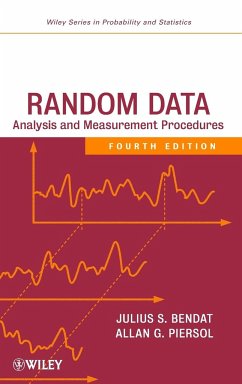
Multistate Systems Reliability Theory with Applications
Versandkostenfrei!
Versandfertig in über 4 Wochen
96,99 €
inkl. MwSt.
Weitere Ausgaben:

PAYBACK Punkte
48 °P sammeln!
Most books in reliability theory are dealing with a description ofcomponent and system states as binary: functioning or failed.However, many systems are composed of multi-state components withdifferent performance levels and several failure modes. There is agreat need in a series of applications to have a more refineddescription of these states, for instance, the amount of powergenerated by an electrical power generation system or the amount ofgas that can be delivered through an offshore gas pipeline network.This book provides a descriptive account of various types ofmultistate system, bound-...
Most books in reliability theory are dealing with a description ofcomponent and system states as binary: functioning or failed.However, many systems are composed of multi-state components withdifferent performance levels and several failure modes. There is agreat need in a series of applications to have a more refineddescription of these states, for instance, the amount of powergenerated by an electrical power generation system or the amount ofgas that can be delivered through an offshore gas pipeline network.
This book provides a descriptive account of various types ofmultistate system, bound-for multistate systems, probabilisticmodeling of monitoring and maintenance of multistate systems withcomponents along with examples of applications.
Key Features:
Looks at modern multistate reliability theory with applicationscovering a refined description of components and systemstates.
Presents new research, such as Bayesian assessment of systemavailabilities and measures of component importance.
Complements the methodological description with two substantialcase studies.
Reliability engineers and students involved in the field ofreliability, applied mathematics and probability theory willbenefit from this book.
This book provides a descriptive account of various types ofmultistate system, bound-for multistate systems, probabilisticmodeling of monitoring and maintenance of multistate systems withcomponents along with examples of applications.
Key Features:
Looks at modern multistate reliability theory with applicationscovering a refined description of components and systemstates.
Presents new research, such as Bayesian assessment of systemavailabilities and measures of component importance.
Complements the methodological description with two substantialcase studies.
Reliability engineers and students involved in the field ofreliability, applied mathematics and probability theory willbenefit from this book.












